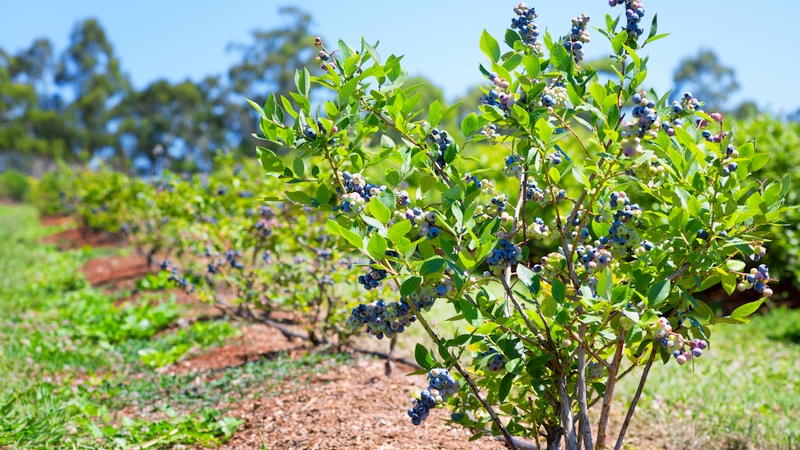Winegrapes Growers Must Sell Themselves
Nick Frey says that too many times he has seen winegrape growers just selling their fruit as if it were a commodity like corn or soybeans. What growers need to keep in mind is that winegrapes are a specialty crop, says the president of the Sonoma County (CA) Winegrape Commission, and what growers do in the vineyard really affects what happens in the bottle.
“And it’s not just about producing good fruit, but delivering it on time,” he says. “Those who do not meet winery expectations are the last growers to get their contracts renewed if there’s any kind of downturn.”
The concept of selling extends well beyond the fruit, says Frey, who recently hosted a seminar at Sonoma State University that featured several experts in the field: Dave Magnasco, director of grape management, Constellation Wines US; Brian Clements senior partner, Turrentine Brokerage; Randy Luginbill, vice president of winery relations, Silverado Premium Properties; and Nat DiBuduo, the president of Allied Grape Growers and a member of American/Western Fruit Grower’s Editorial Advisory Board.
Frey says most growers think they are just selling their grapes, but most of all, especially in a recession, they are also selling themselves. “You need to get people out to your vineyard, because even if they’re not buying (your grapes) this year, if they like what they see, they’ll remember that when they need grapes,” he says.
Price Points
Of course, you’re not going to get the wine buyers out to your vineyard in the first place if you don’t have at least some kind of relationship. That means knowing what the buyers’ needs are. “First you need to know what makes your fruit — and what makes you — of value to the winery,” says Frey.
For starters, the California Association of Winegrape Growers publishes a book on what wineries offer what varieties. Or you can go online winery by winery, but you’re going to need to know what the price of the bottle they are selling is in relation to what you’re seeking for your fruit. One rule of thumb, notes Frey, is that you multiply the bottle price by 100 to find out what a winery will pay for grapes. In other words, a $25 bottle should command $2,500 a ton for the fruit.
For example, if you’re growing grapes in a premium region such as Frey’s own Sonoma County, you’re probably going to need to fetch a premium price because of the attendant high costs of land, etc. “If the highest price they charge is $12, they’re not a fit for your fruit,” he says, adding that hot varieties can really throw people’s expectations out of whack. “Especially with Pinot Noir, which everybody thinks they’re selling into a $30 bottle, but there’s really not a lot of those bottles sold.”
Such growers sometimes forget that winegrapes are a niche market. Niche markets are attractive because the prices are often a lot higher for a given product. But there’s a downside to that equation, says Frey, and it’s one that’s become readily apparent in the current recession. “Once a niche is filled, there is no market; it’s not like commodities where the price goes down a little,” he says. “Once the $50 a bottle Cabernet market is filled, it is full, and it’s brutal if you’re out there and there’s no demand.”
Building Relationships
The upshot is growers need to follow the sound advice of the Boy Scouts of America and be prepared. “You need to know your vineyard and you need to know the wineries that will buy those grapes,” he says. “And that takes homework.”
Then you can build the relationships with wineries that will help ensure your grapes will be bought, even in down markets. “The guys with the best relationships tend to survive,” says Frey.
So make sure to cultivate those relationships. Participate in your regional wine commission events, and don’t forget the off-season, which is a great time to take buyers out to lunch. Just don’t do what makes Frey absolutely cringe: “I’ve heard of growers who’ve been invited by wineries to taste their wines, and they don’t go!”









